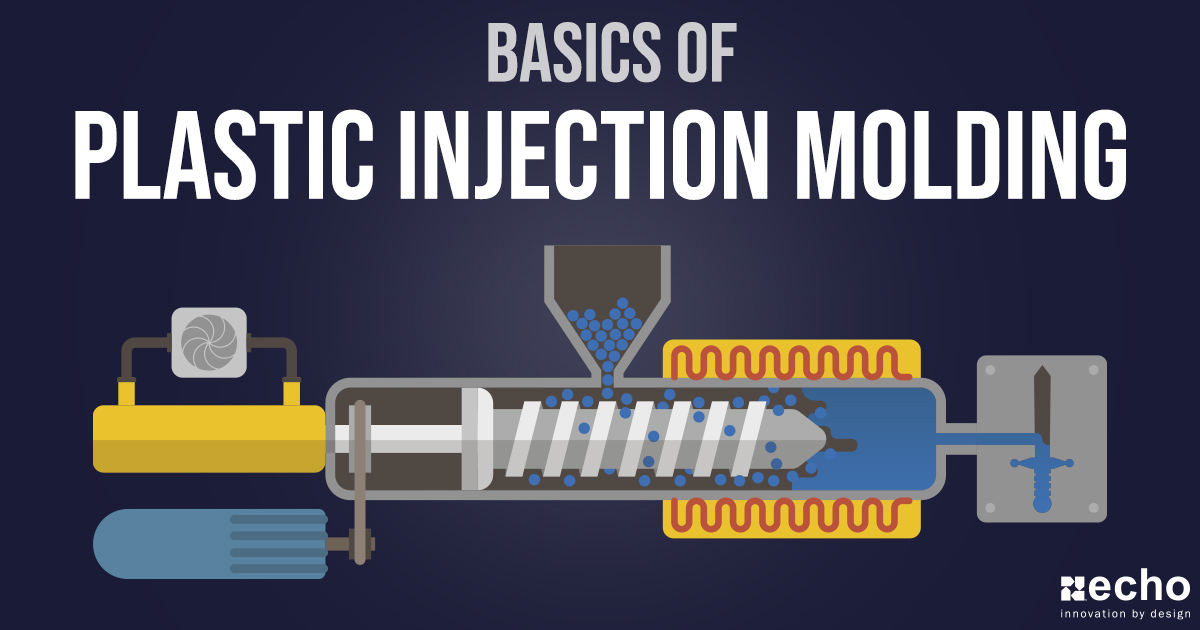Crafting Perfection: The Intricate Art of Plastic Injection Molding
Plastic injection molding is a versatile manufacturing process that has revolutionized the production of a wide range of items we use every day. It involves injecting molten plastic material into a mold cavity under high pressure, allowing it to cool and harden into the desired shape. This intricate art combines precision engineering with creativity to produce high-quality, consistent products that meet the demands of various industries. By understanding the principles of plastic injection molding, we gain insight into the fascinating world of manufacturing and its impact on our daily lives.
How Plastic Injection Molding Works
Plastic injection molding is a complex yet precise manufacturing process that involves injecting molten plastic material into a mold cavity under high pressure. This process allows for the production of a wide range of intricate and detailed plastic components that are used in various industries.
The first step in plastic injection molding is the creation of a custom mold, typically made from steel or aluminum, that corresponds to the desired shape of the final plastic part. quick turn injection molding is designed with extreme precision to ensure that the injected plastic material fills the cavity completely and accurately replicates the desired design.
Once the mold is ready, the plastic material, usually in the form of small pellets, is heated to a high temperature until it reaches a molten state. The molten plastic is then injected into the mold cavity at high pressure, where it cools and solidifies to take on the shape of the mold. The mold is then opened, and the newly formed plastic part is ejected, ready for further processing or assembly.
Benefits of Plastic Injection Molding
Plastic injection molding offers high efficiency in producing intricate shapes with precision and consistency.
The process allows for the use of a wide range of materials, providing versatility in creating products of various sizes, shapes, and complexities.
Additionally, plastic injection molding results in minimal material wastage, making it a cost-effective manufacturing method.
Challenges in Plastic Injection Molding

When it comes to plastic injection molding, one of the key challenges faced by manufacturers is achieving consistent quality in the final products. Maintaining precise control over factors such as temperature, pressure, and cooling times is crucial to ensuring that each molded part meets the required specifications.
Another common challenge in plastic injection molding is addressing issues related to defects, such as warping, sink marks, and flash. These imperfections can occur due to a variety of reasons, including inadequate mold design, improper material selection, or suboptimal process parameters. Identifying the root cause of defects and implementing corrective measures is essential to improving overall production efficiency.
Furthermore, complexity in part geometry can present a significant challenge during the injection molding process. Intricate designs with thin walls, tight tolerances, or undercuts can increase the likelihood of molding issues such as air traps, uneven shrinkage, or difficulties in mold release. Overcoming these challenges requires expertise in mold design, material selection, and process optimization to ensure successful production outcomes.